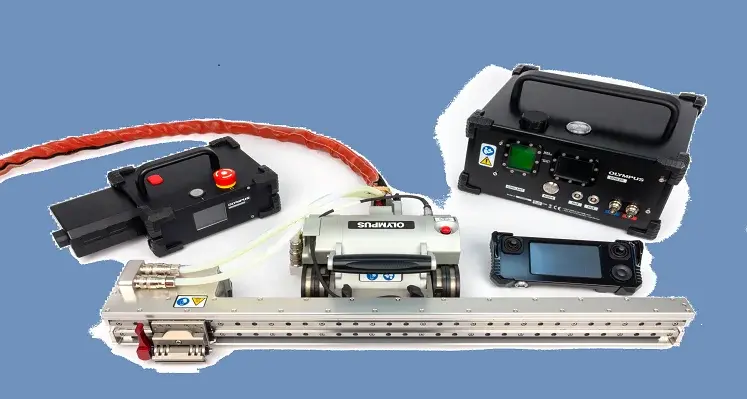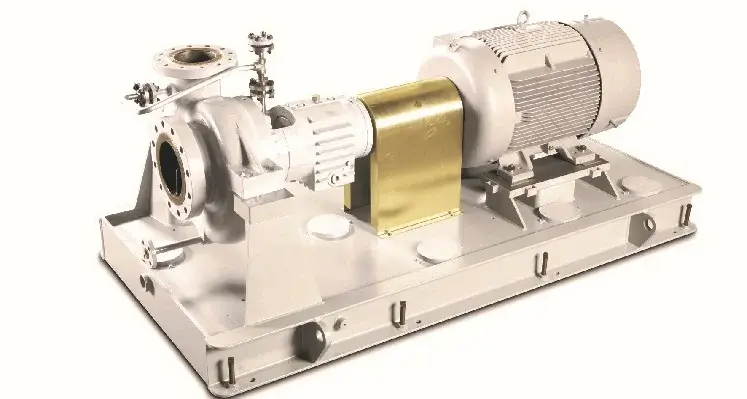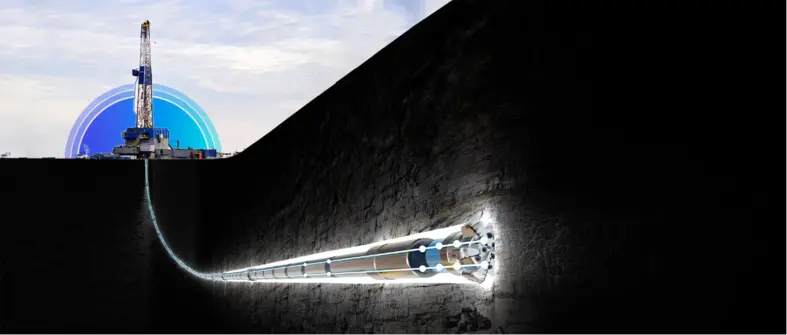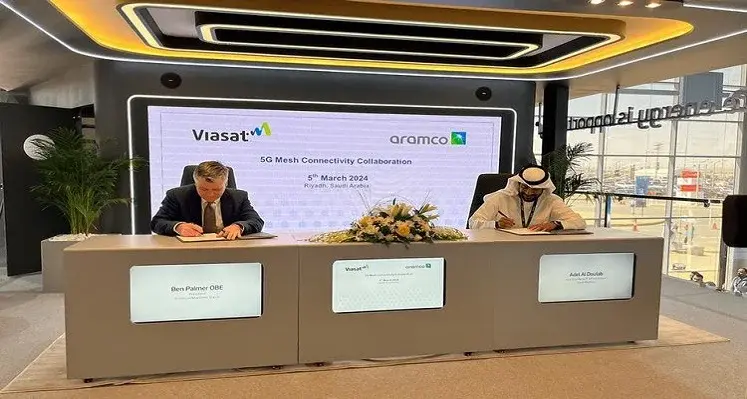Celeros Flow Technology has introduced the CUP-OH2 heavy-duty pump, part of its ClydeUnion Pumps range
Technology
Parker Wellbore and TDE partner to optimise the drilling process
Parker Wellbore and TDE have partnered to perform pilot projects and commercialise TDE’s proprietary tde powerline downhole power and data highway, to optimise the drilling process
Aramco, Inmarsat sign MoU on introducing 5G network in Arabian Gulf
Viasat venture, Inmarsat Maritime, has signed a Memorandum of Understanding (MoU) with energy company Aramco to kick-start trial works on building a 5G 'mesh' network to provide high-bandwidth connectivity for Aramco’s offshore activities in the Arabian Gulf
Evident Corporation upgrades MapROVER and SteerROVER inspection scanners

The scanners feature advancements in operability and versatility. (Image source: Evident Corporation)
Evident Corporation, a leader in inspection solutions, has upgraded its MapROVER and SteerROVER scanners with new capabilities to enable easier weld and corrosion inspections of hard-to-reach areas and high-temperature surfaces of pipes, large tanks and pressure vessels
Flyability partners with Cygnus to enhance Elios 3 drone

The new UTM payload on the Elios 3 is available for demonstrations and purchase with first deliveries expected in Q3 2024. (Image source: Flyability)
Flyability, a provider and market-leader in confined-space drones, has partnered with Cygnus Instruments, a leader in ultrasonic testing (UT) technology, to further improve its flagship Elios 3 drone











